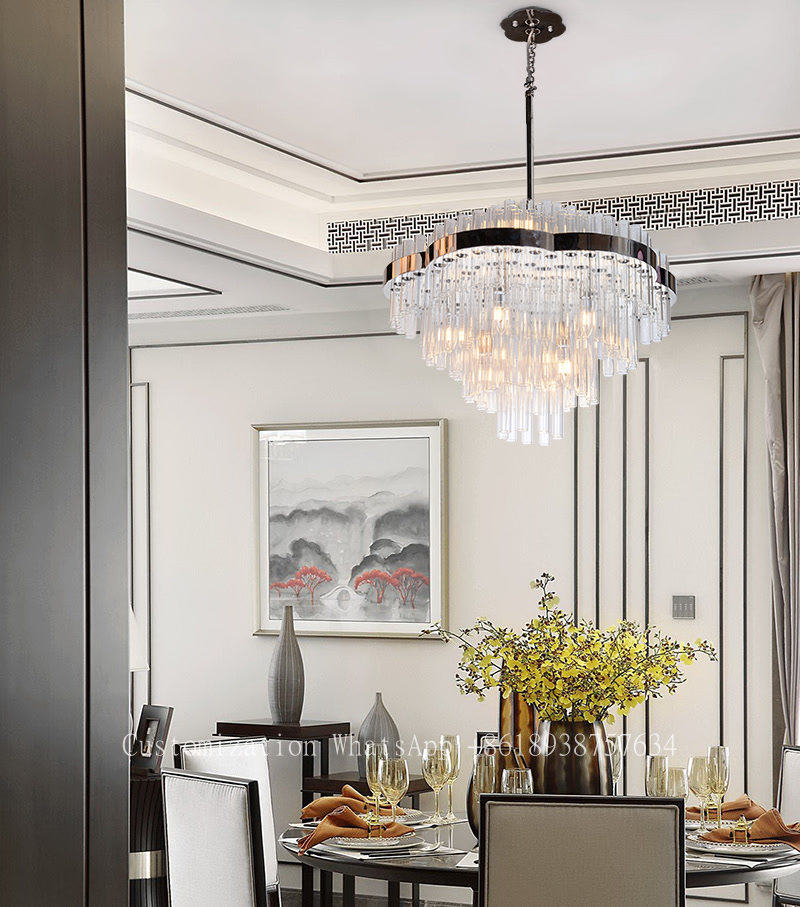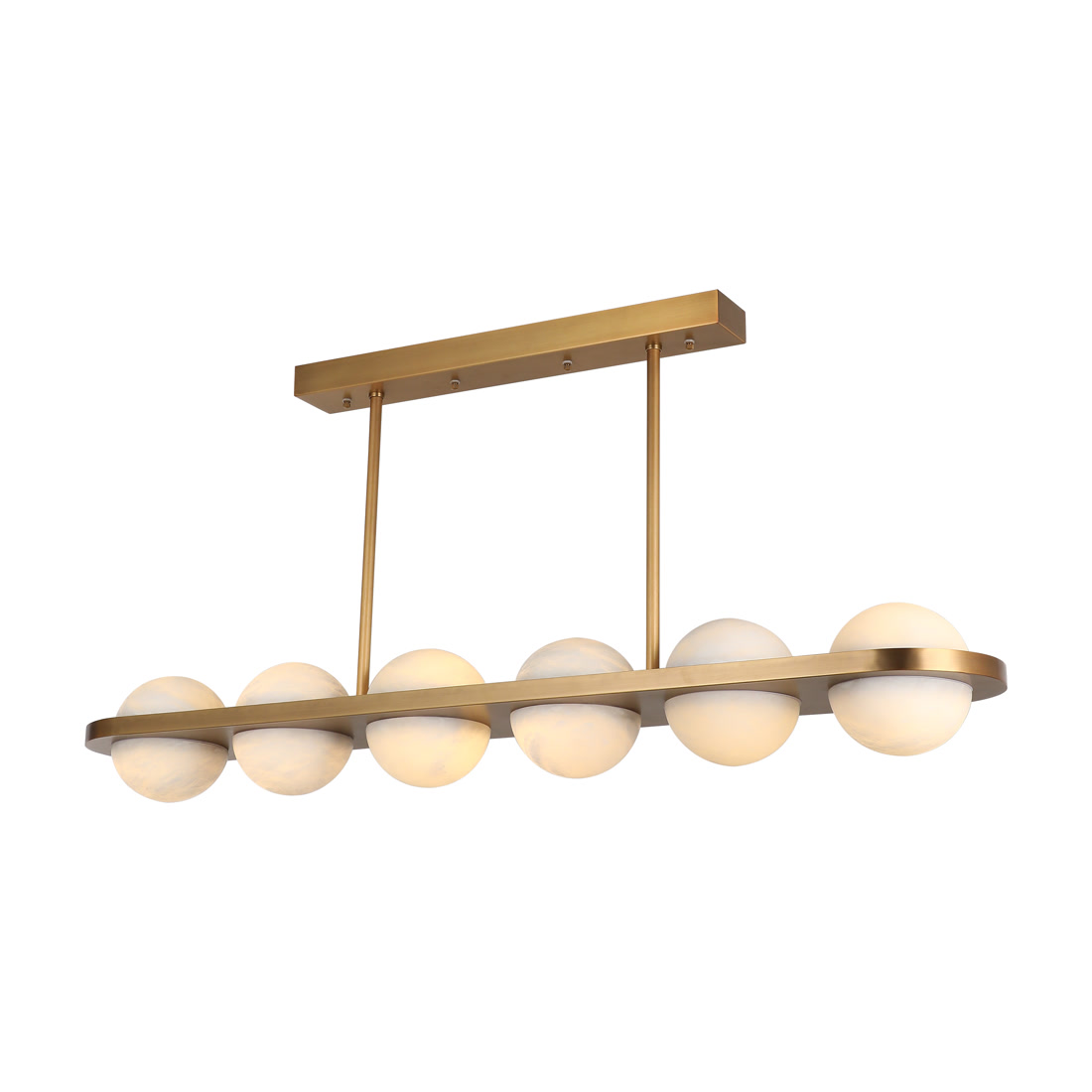The Allure of Dark Color Palettes: A Comprehensive Guide
The Allure of Dark Color Palettes: A Comprehensive Guide
Understanding Dark Color Palettes
Dark color palettes have become increasingly popular in various design fields, including web design, graphic design, and interior decor. These palettes not only evoke a sense of sophistication and elegance but also help create a cozy and dramatic atmosphere. In this article, we will delve deep into the world of dark color palettes, exploring their significance, applications, and the emotions they evoke.
What Are Dark Color Palettes?
Dark color palettes consist primarily of colors that are rich and deep. They often include shades like black, navy blue, dark green, charcoal, and burgundy. These colors can be paired with lighter hues to create contrast and balance. The use of dark colors can significantly affect the mood and aesthetic of a space or design project.
The Psychology Behind Dark Colors
Colors can stir emotions and influence perceptions. Dark colors are often associated with mystery, depth, and sophistication. Different cultures may interpret dark colors differently, but there are a few universal meanings. For instance:
| Color | Meaning |
| Black | Elegance, Power, Mystery |
| Navy Blue | Trust, Professionalism, Calmness |
| Dark Green | Nature, Growth, Stability |
| Charcoal | Modernity, Sophistication, Neutrality |
| Burgundy | Passion, Wealth, Sophistication |
Applications of Dark Color Palettes
Dark color palettes are versatile and can be applied in various contexts. Here are some areas where these palettes shine:
1. Web Design
Dark mode has taken the tech world by storm, with many platforms like Twitter, YouTube, and Google providing options for users to switch to dark themes. This trend is not merely cosmetic; it also enhances usability by reducing eye strain in low-light environments. A well-designed dark theme can enhance the readability of text and create a striking contrast that draws attention to key features.

2. Interior Design
In interior design, dark color palettes create a warm, inviting atmosphere when used thoughtfully. A dark living room or bedroom can feel intimate and relaxing. When used in contrast with light furniture or accents, darker colors can highlight architectural features. Various textures, such as velvet or leather, further enhance the richness of the palette.
3. Graphic Design
Graphic designers often use dark palettes to convey elegance and sophistication. High-fashion brands frequently use deep colors to promote their limited-edition products, as it reflects exclusivity. Additionally, dark backgrounds can make vibrant images pop and draw the viewer's attention more effectively.
Choosing the Right Dark Color Palette
Selecting the right dark color palette depends on the emotion you want to evoke and the message you want to convey. Below are a few tips:
- Consider Contrast: Dark colors often need lighter accents to ensure designs remain visually appealing. Consider pairing dark hues with whites or metallics for a luxurious feel.
- Experiment with Textures: Dark colors can sometimes seem flat, so incorporating different materials and textures can add depth.
- Think About Lighting: Indoor lighting can greatly impact how dark colors appear. Ensure that your space has adequate light sources to balance the richness of dark shades.
- Knot Local Trends: Different regions might have varying interpretations and trends associated with dark colors. For instance, Scandinavian designs often feature stark contrasts with pastels, while Mediterranean styles might incorporate earthy tones.
Popular Dark Color Combinations
Here are some popular dark color combinations to inspire your next project:
- Charcoal and Rose Gold: This combination exudes modern elegance and makes for an eye-catching design.
- Navy Blue and Mustard Yellow: The bold contrast creates a vibrant and energetic feel, making it ideal for branding.
- Forest Green and Cream: This combination evokes nature and tranquility, perfect for offices or eco-friendly brands.
- Burgundy and Black: This classic pairing symbolizes luxury and sophistication, often seen in high-end fashion.
Common Misconceptions About Dark Color Palettes
Despite their elegance, dark color palettes often carry misconceptions:
- **Misconception 1:** Dark colors make rooms feel smaller.
**Truth:** When balanced with light hues and adequate lighting, dark colors can create an illusion of depth, making spaces feel larger and more expansive. - **Misconception 2:** Dark colors are only suitable for formal occasions.
**Truth:** Dark tones can be incorporated into casual designs, and when used creatively, they can promote a relaxed atmosphere.
Conclusion: Embracing Dark Color Palettes
Dark color palettes are powerful tools in design, whether in web development, graphic art, or interior decor. They can convey various emotions, draw attention, and create immersive experiences when used correctly. When considering a dark color palette for your next project, think about the emotion you want to evoke, the context in which it will be used, and how different colors can work together. Always remember that balance, contrast, and lighting play crucial roles in determining how effective your color choices will be.
In conclusion, dark color palettes are not just a trend; they are a timeless choice for anyone looking to create impact and depth. As you experiment with these colors, be mindful of how they fit into your overall design strategy and the message you want to convey.
As you explore the world of dark color palettes, consider seeking inspiration from various sources, from fashion to art to nature. Let your creativity flow and embrace the versatility that dark colors bring to your designs.
